
_
Greetings friends of Hive, especially this community that every week brings the best of itself to make known part of our nature. Today I want to share an amazing insect and you see it strange, because it is very rare, I do not know how I could photograph it because it is very hyperactive, and by chance I found it in some cactus of my wife, its name I found it by chance on the internet due to its characteristics, Its scientific name is Corydalus Cornutus, and it is also known as the Dobson Flies.
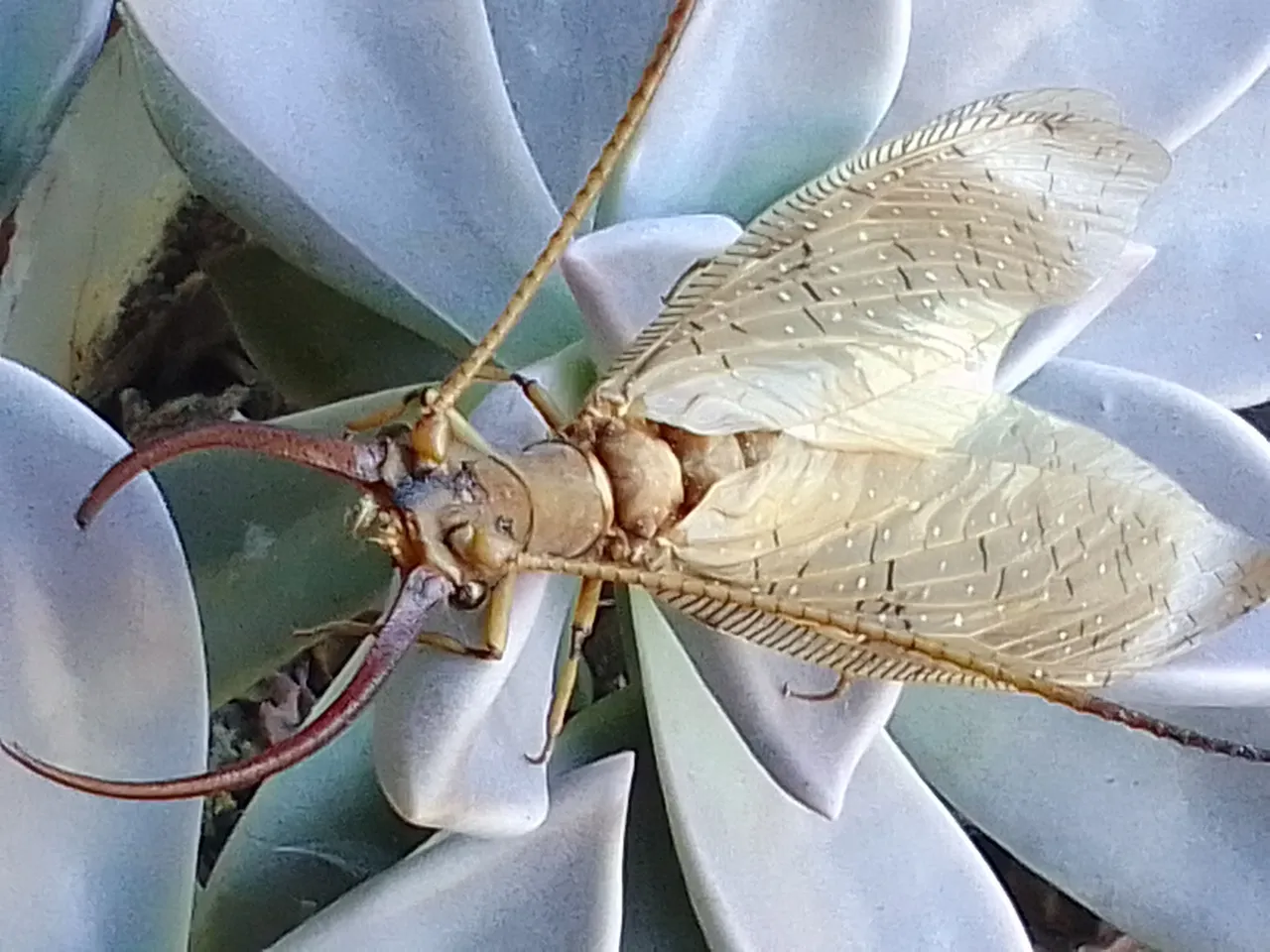
Este pequeño animalito es considerado uno de los insectos más grande del mundo Hay especies diurnas y otras nocturnas, pero por lo general se encuentran cerca de aguas limpias, escondidos entre la vegetación mientras descansan. Estos se alimentan solo de soluciones líquidas diluidas. Las parejas se atraen durante el cortejo con vibraciones y con atrayentes olores, producidos tanto por machos como por hembras. Para su apareamiento ciertos machos pelean y otros se amenazan, otros realizan rituales de danzas entre la pareja antes del acoplamientos, otros persiguen a las hembras. Las hembras adultas ponen una masa de huevos sobre rocas, troncos, hojas o sobre el sustrato a la orilla del agua; las larvas eclosionan después de la incubación cayendo al agua; son depredadoras de animales acuáticos y caníbales.
This small animal is considered one of the largest insects in the world. There are diurnal and other nocturnal species, but they are usually found near clean waters, hidden among the vegetation while they rest. These feed only on dilute liquid solutions. Couples attract each other during courtship with vibrations and attractive smells, produced by both males and females. For their mating, certain males fight and others threaten each other, others perform dance rituals between the couple before mating, others persecute the females. Adult females lay an egg mass on rocks, logs, leaves, or on the substrate at the water's edge; the larvae hatch after incubation falling into the water; they are predators of aquatic animals and cannibals.
Las larvas habitan aguas tranquilas y limpias; algunas especies viven en aguas de ríos y arroyos, otras solo en pantanos. Algunas poseen tubos respiratorios complementarios, especialmente las que habitan aguas poco oxigenadas. Ciertas larvas se protegen de la luz directa del sol. Pocas especies habitan en charcos entre troncos de árboles, y otras larvas se mantienen en estado de reposo envueltas en una cámara durante la estación seca y reanudan sus actividades con las lluvias. En las zonas templadas invernan. Las larvas pasan entre 10 a 12 estadios (etapas) según la especie; este período puede durar de uno a cinco años dependiendo de la especie, y especialmente de la temperatura ambiental.
The larvae inhabit calm and clean waters; some species live in river and stream waters, others only in swamps. Some have complementary breathing tubes, especially those that inhabit poorly oxygenated waters. Certain larvae protect themselves from direct sunlight. Few species inhabit pools between tree trunks, and other larvae remain in a resting state wrapped in a chamber during the dry season and resume their activities with the rains. In temperate zones they winter. The larvae pass between 10 to 12 instars (stages) depending on the species; this period can last from one to five years depending on the species, and especially on the environmental temperature.
Al final de su último estadio, las larvas salen del agua y construyen una cámara que las protegen durante una semana en su estado de prepupa, luego de una semana a un mes, y emerge un adulto alado, completándose el ciclo de vida. La mayoría de las larvas de estos insectos son de aguas limpias, y no toleran ningún grado de contaminación, siendo indicadores ambientales, su presencia se asocia a aguas puras. Constituyen una fuente de alimento para varios peces de aguas dulces, como la trucha, entre otros.
At the end of their last stage, the larvae emerge from the water and build a chamber that protects them for a week in their prepupal state, then from a week to a month, and a winged adult emerges, completing the life cycle. Most of the larvae of these insects are from clean waters, and do not tolerate any degree of contamination, being environmental indicators, their presence is associated with pure waters. They constitute a food source for various freshwater fish, such as trout, among others.
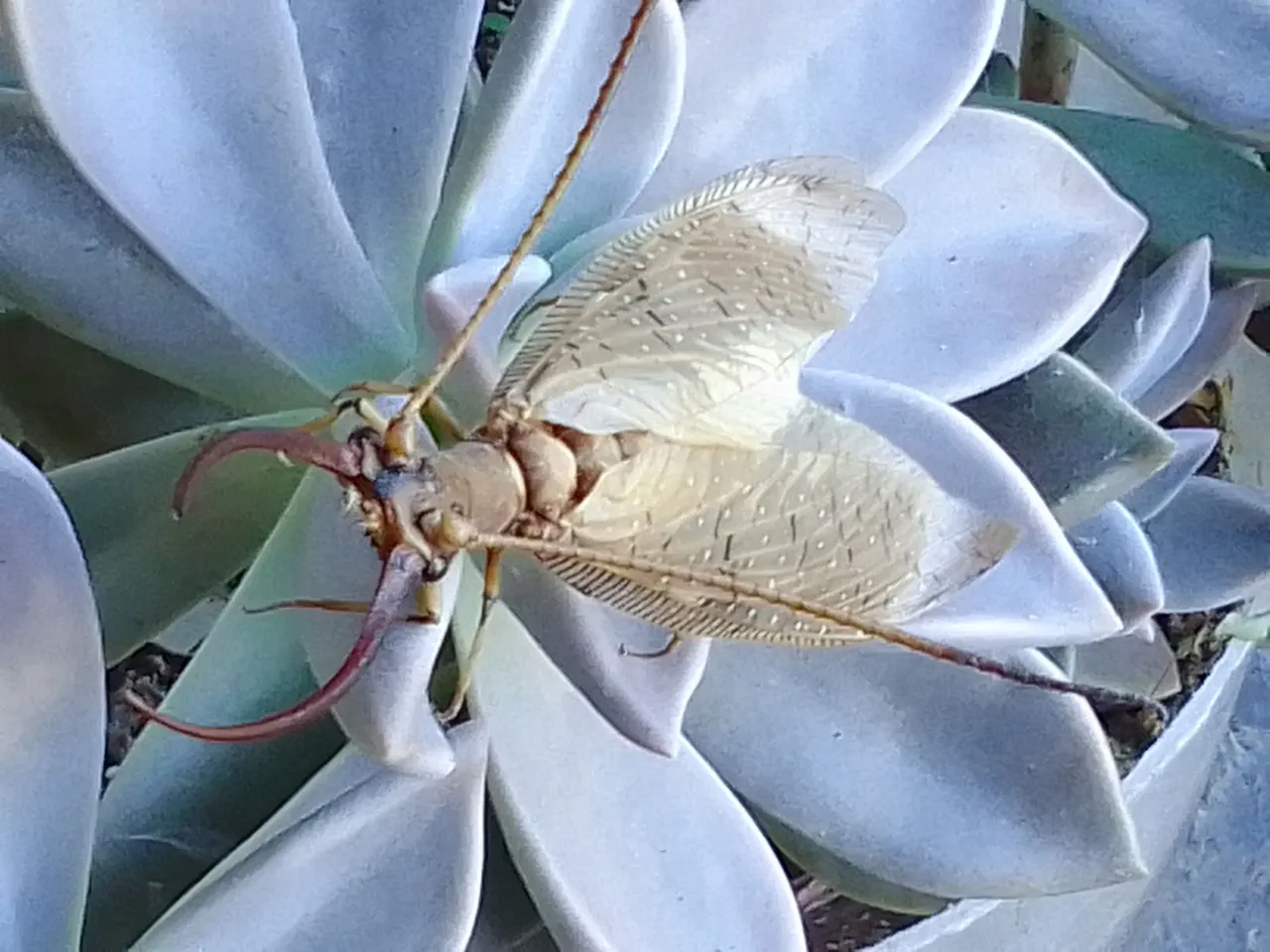
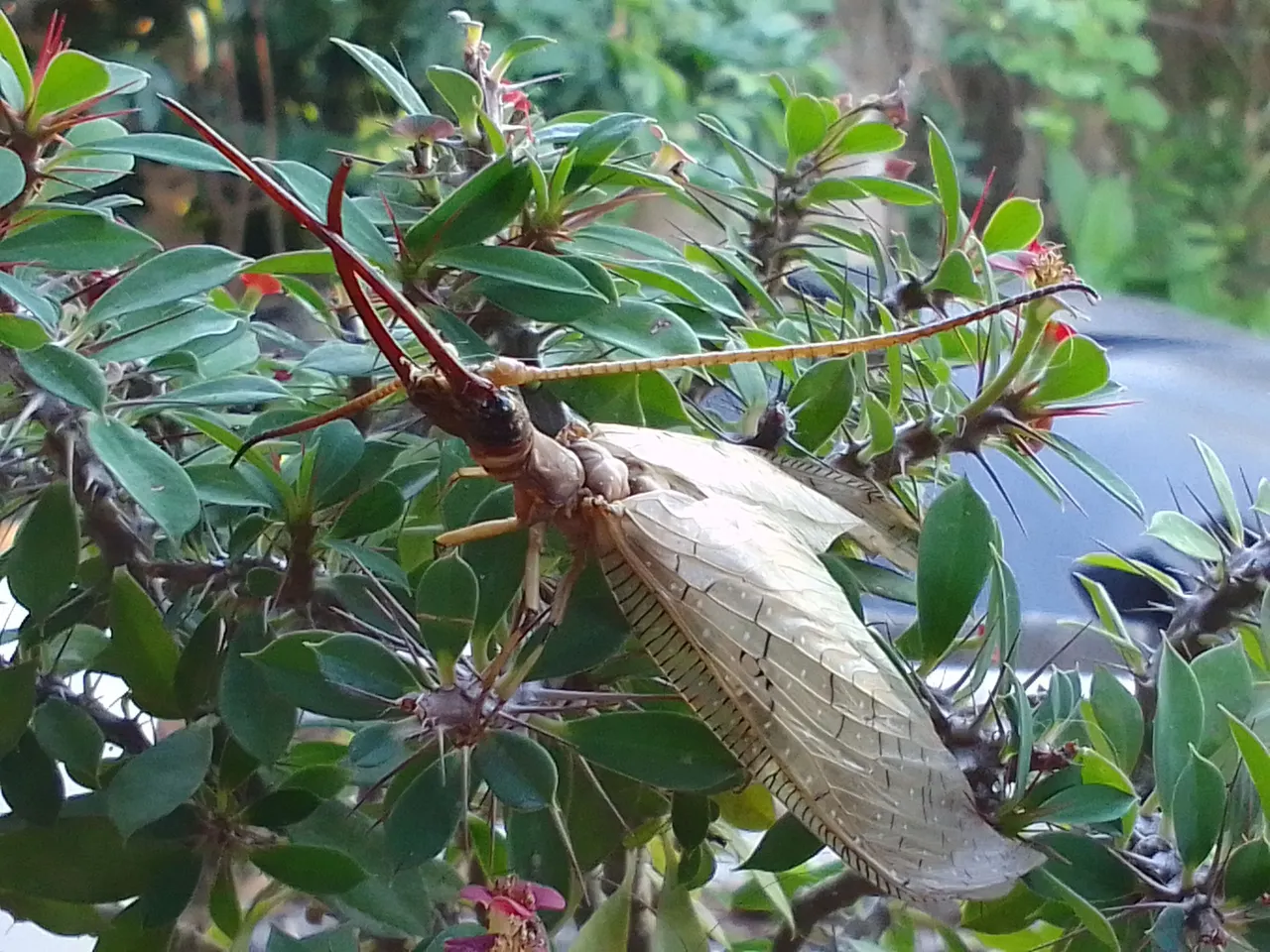
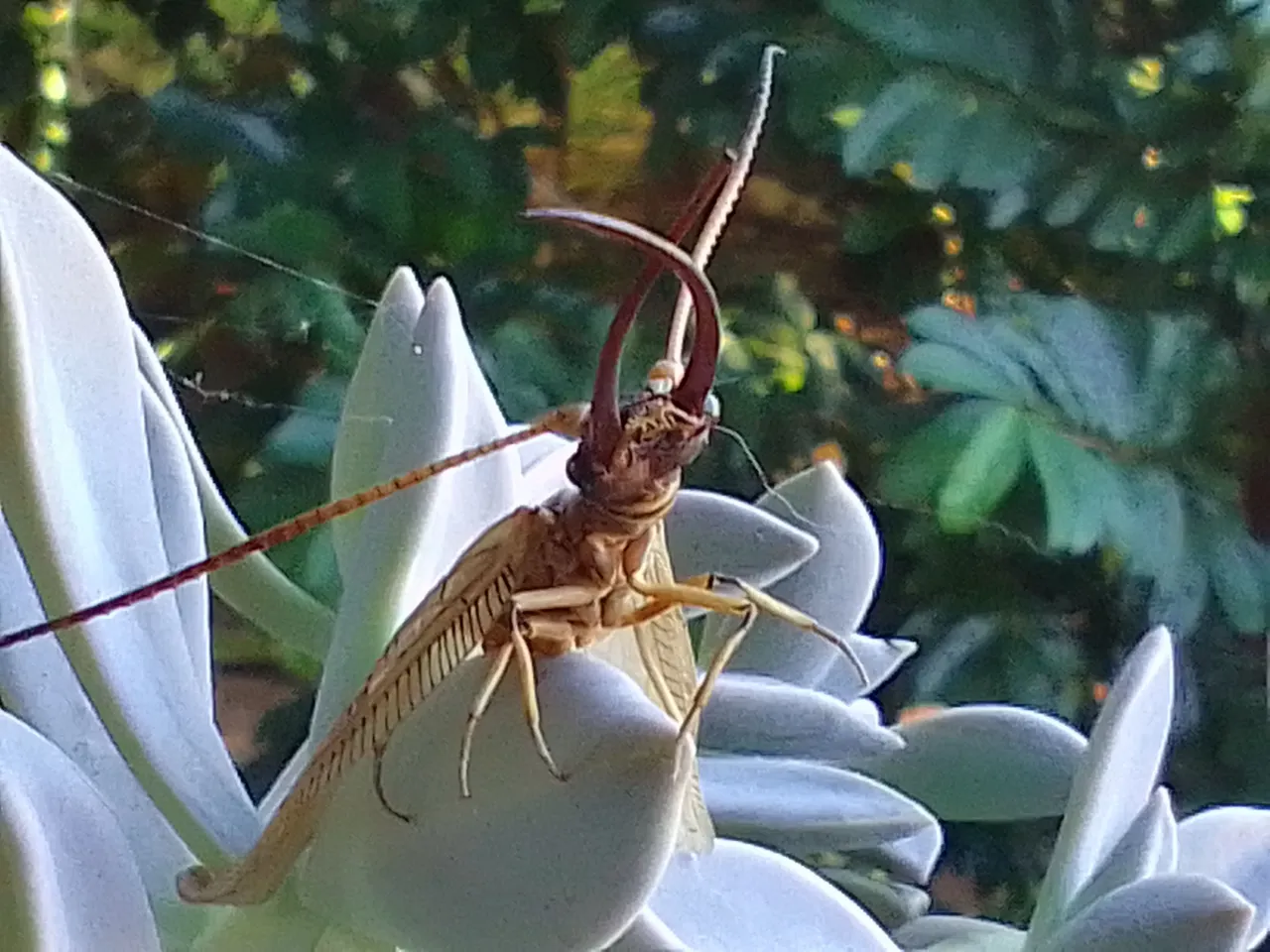
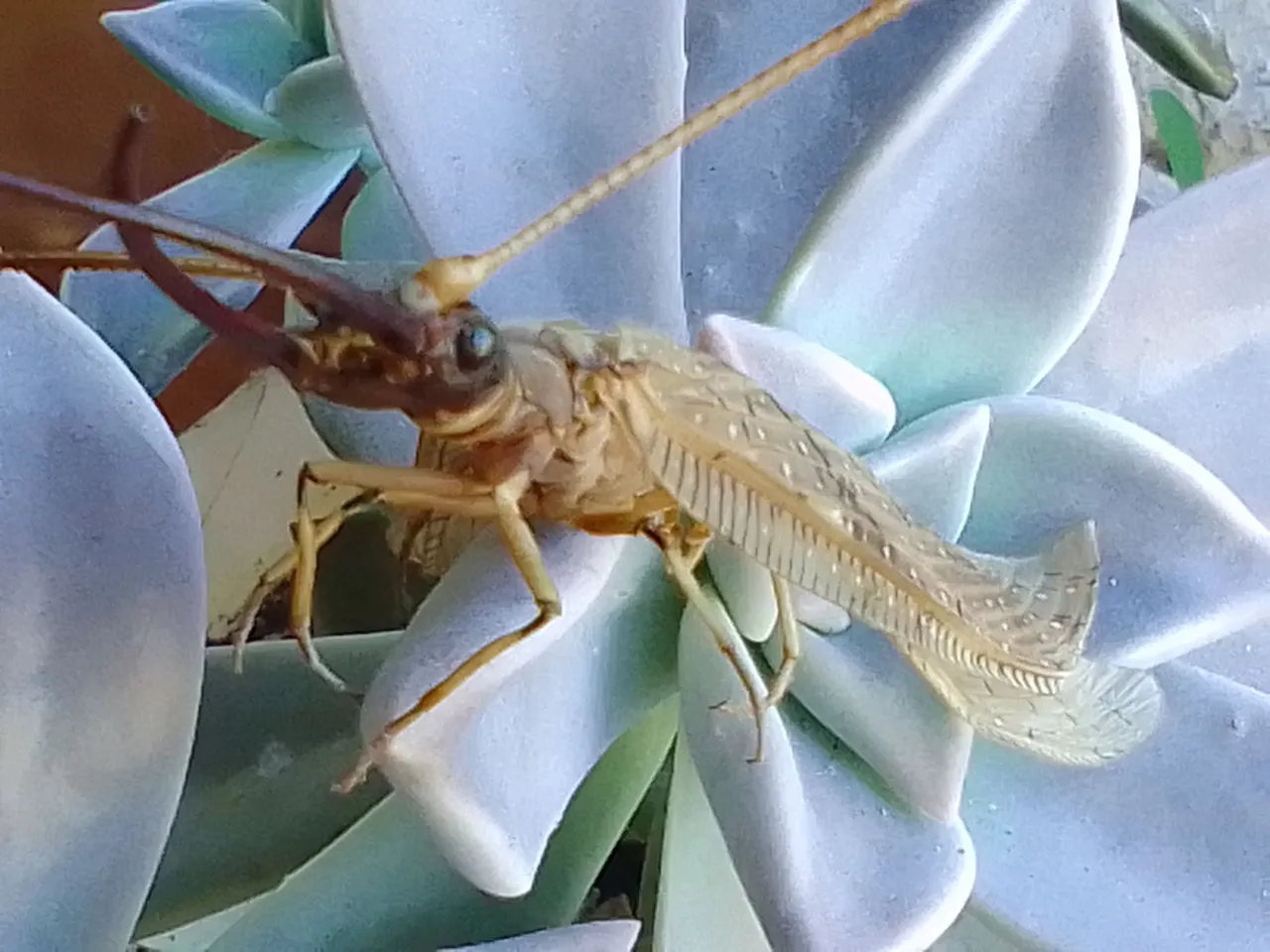
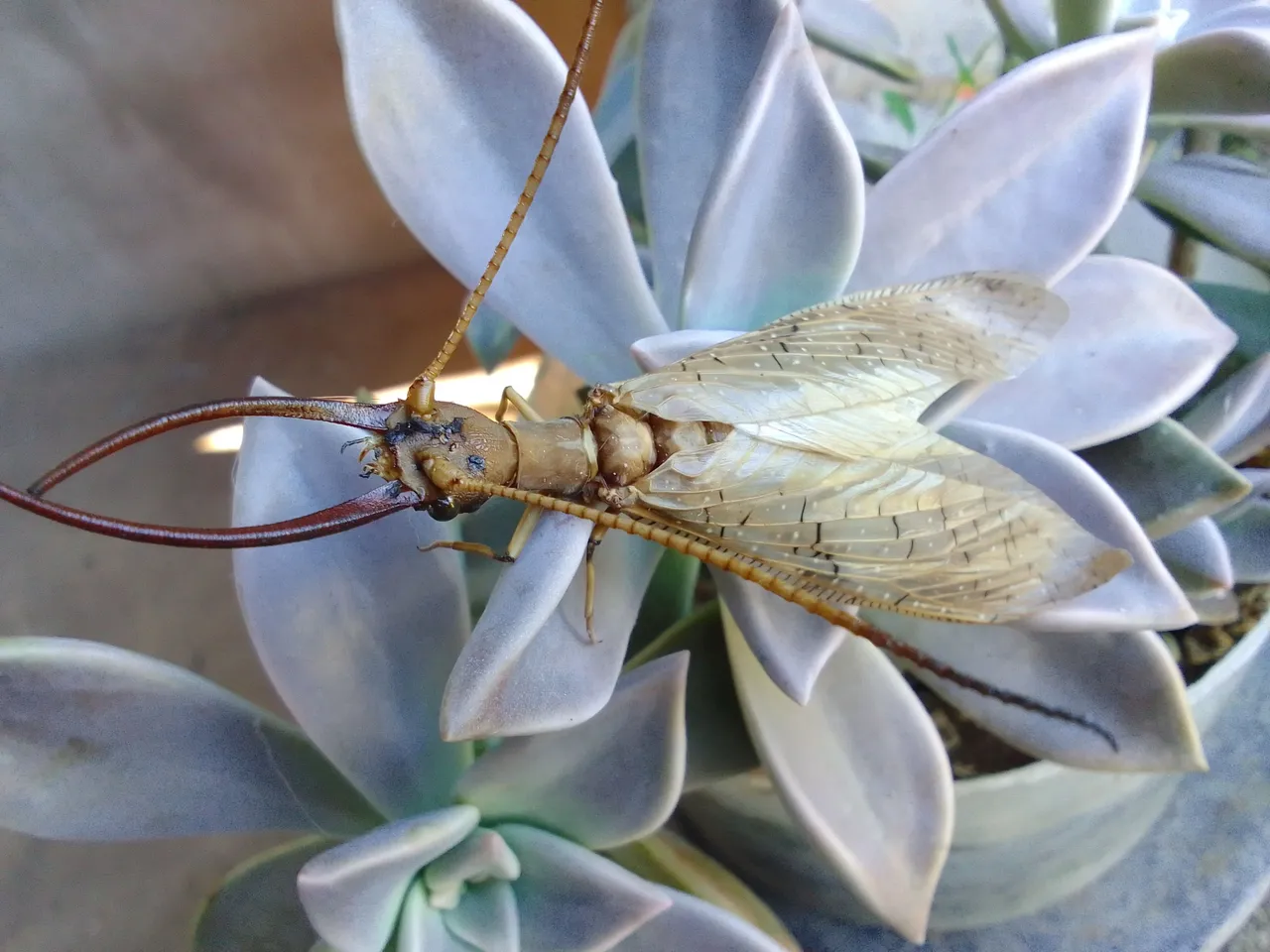
Bueno mi gente buena esto ha sido todo quise traer imágenes de sus larvas pero es difícil encontrarlas por lo poco común del insecto en este territorio. la información se obtuvo de https://www.naturalista.mx › taxa › 47863-Corydalidae.
Well my good people this has been all I wanted to bring images of their larvae but it is difficult to find them because of the unusual nature of the insect in this territory. the information was obtained from.

